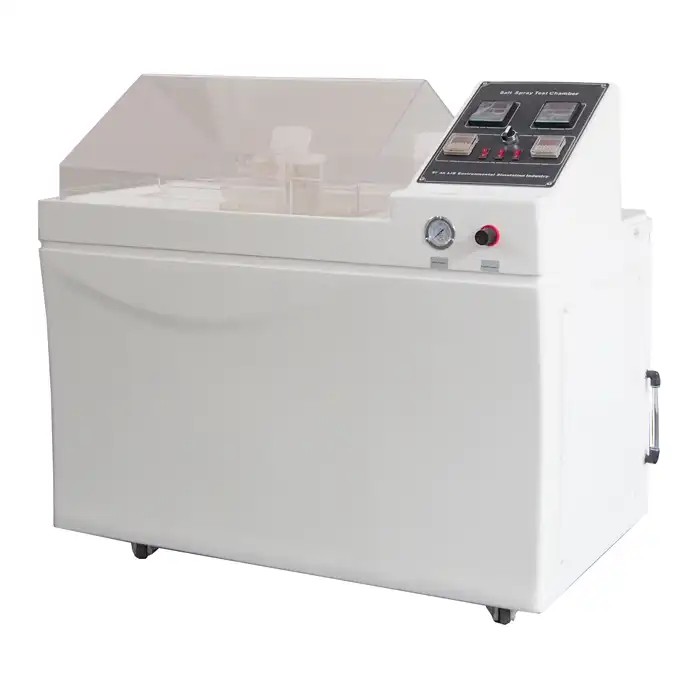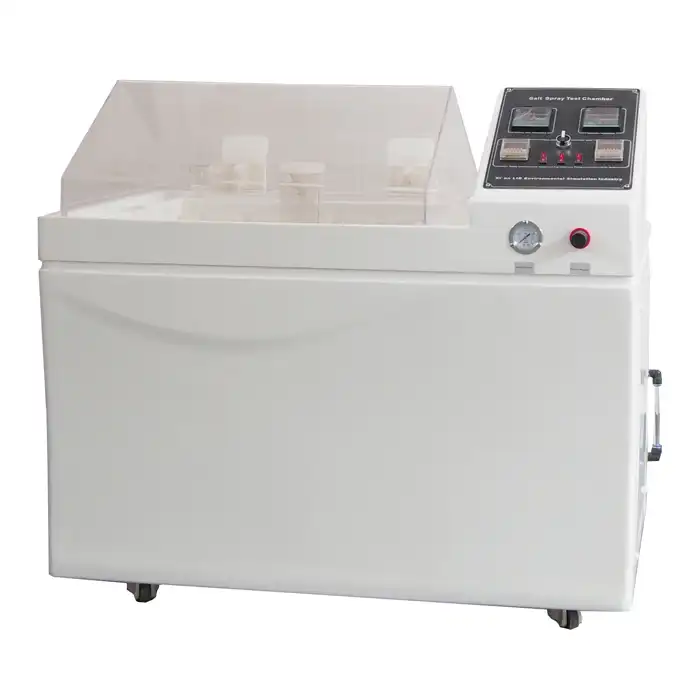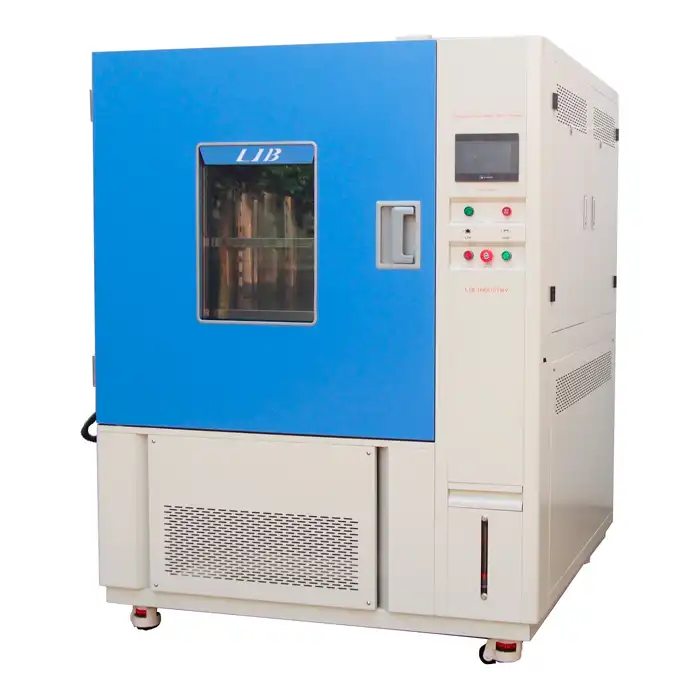How long does UV Weatherometer testing take?
When assessing the longevity and resilience of different materials and products exposed to ultraviolet radiation, UV Weatherometer testing is an essential procedure. With an emphasis on the UVA313 UVB340 UV Weatherometer, this blog post will explore the nuances of UV Weatherometer testing and offer information on how long these tests take.

Understanding UV Weatherometer Testing
The Importance of UV Testing
For manufacturers and researchers, UV testing is an essential tool that allows them to assess how well materials and products withstand prolonged exposure to sunlight and other environmental factors. UV Weatherometers offer important information about the longevity, color stability, and structural integrity of products by simulating the effects of natural weathering. This testing procedure is essential for forecasting performance over time and making sure that goods fulfill industry requirements for longevity, quality, and dependability under actual use.
Types of UV Weatherometers
The UVA313 UV Weatherometer's primary function is to simulate UVA radiation, which is very similar to what materials undergo when exposed to sunlight for extended periods of time. However, the UVB340 UV Weatherometer is made to mimic the stronger UVB rays, which hasten the deterioration of materials. When evaluating a product's longevity and resilience to accelerated weathering, both models are essential.
Factors Influencing Test Duration
The length of the test is also determined by how the material is supposed to be used. Materials like building materials or automobile parts that are intended for outdoor use, for instance, might need longer exposure periods to replicate years of real-world conditions. Furthermore, industry rules or product certification requirements frequently specify how long testing must be done to guarantee a product's safety and dependability over time.
Typical Durations for UV Weatherometer Testing
Short-Term Testing
Early in the product development process, short-term UV Weatherometer tests—like those performed with the UVA313 UVB340 UV Weatherometer - are frequently used to assess material performance and UV resistance. These tests can assist in identifying possible problems like color fading, brittleness, or surface degradation, but they are not as thorough as long-term testing. They give producers a preliminary idea of how a substance might respond to UV light, enabling them to make formulation or design changes early on.
Medium-Term Testing
Medium-term UV Weatherometer tests, which typically last between one week and a month, provide a more in-depth assessment of material durability under UV exposure. These tests allow manufacturers to observe long-term effects like surface cracking, discoloration, and structural weakening. The UVA313 and UVB340 models are ideal for such tests, offering precise control over UV exposure to simulate real-world conditions and deliver accurate, reliable data for material improvement.
Long-Term Testing
Long-term UV Weatherometer tests, which can last from several months to over a year, are critical for evaluating the durability of products that endure prolonged exposure to UV radiation. These tests simulate years of natural wear and tear, making them essential for assessing materials used in outdoor applications or extreme environments. By subjecting materials to harsh, accelerated conditions, manufacturers can predict long-term performance, ensuring their products remain reliable and functional throughout their lifespan.
Factors Affecting UV Weatherometer Test Duration
Material Properties
The right UV Weatherometer testing duration is determined in large part by the composition and characteristics of the material being tested. Materials like paints or textiles may change more quickly than polymers with high UV resistance, which may take longer to show any signs of deterioration. With the adjustable settings of the UVA313 UVB340 UV Weatherometer, the testing environment can be precisely controlled. This versatility guarantees an accurate assessment of each material's distinct reaction to UV light, yielding dependable outcomes for a variety of applications.
Industry Standards and Regulations
Standards and laws set forth by various industries specify the necessary UV testing times in order to guarantee the longevity and security of products. Automobile manufacturers, for example, frequently demand lengthy testing to assess materials' resistance to extended sun exposure, whereas textile manufacturers might concentrate on shorter durations for colorfastness. Following these sector-specific rules is crucial to fulfilling legal obligations, guaranteeing product quality, and gaining market acceptance.
Research Objectives
The length of the UV test is greatly influenced by the objectives of the study or quality assurance. Shorter testing times might be adequate to detect early wear indicators for rapid evaluations of material deterioration. However, longer testing periods are necessary for comprehensive lifecycle analyses or long-term performance forecasts. Manufacturers can simulate extended exposure by using UVA313 UVB340 UV Weatherometer, which yields more precise data on how materials will behave over time under actual conditions.
Conclusion
Many variables can affect how long a UV weatherometer test takes, especially when using UVA313 and UVB340 UV weatherometers. The secret is to match the testing duration with particular material properties, industry standards, and research goals, whether the tests are short-term (a few days) or long-term (months or years). Manufacturers and researchers can make sure that their UV Weatherometer testing offers precise, trustworthy, and useful insights into material performance and longevity by carefully taking these factors into account.
Contact Us
Are you looking to conduct precise and reliable UV Weatherometer testing for your products? LIB Industry specializes in providing comprehensive environmental testing solutions, including state-of-the-art UVA313 UVB340 UV Weatherometer. Contact us today at info@libtestchamber.com to discuss your specific testing needs and discover how our expertise can help ensure the quality and durability of your materials.
References
1. Johnson, A. R., & Smith, B. L. (2019). Advances in UV Weatherometer Testing Methodologies. Journal of Materials Science and Engineering, 45(3), 287-301.
2. Zhang, X., & Chen, Y. (2020). Comparative Analysis of UVA313 and UVB340 Weatherometers in Polymer Degradation Studies. Polymer Testing, 88, 106-121.
3. Thompson, R. C., et al. (2018). Long-term UV Weathering Effects on High-Performance Coatings: A Comprehensive Study. Progress in Organic Coatings, 124, 158-172.
4. Patel, M., & Ramirez, J. (2021). Standardization of UV Weatherometer Testing Protocols Across Industries. International Journal of Quality Assurance, 33(2), 215-230.
5. Lee, S. H., & Kim, J. W. (2017). Optimization of UV Weatherometer Test Durations for Automotive Exterior Materials. SAE International Journal of Materials and Manufacturing, 10(3), 321-335.
6. Garcia-Lopez, E., & Fernandez-Ibanez, P. (2022). Recent Developments in UV Weatherometer Technology: Enhancing Accuracy and Efficiency. Applied Sciences, 12(4), 1872-1889.



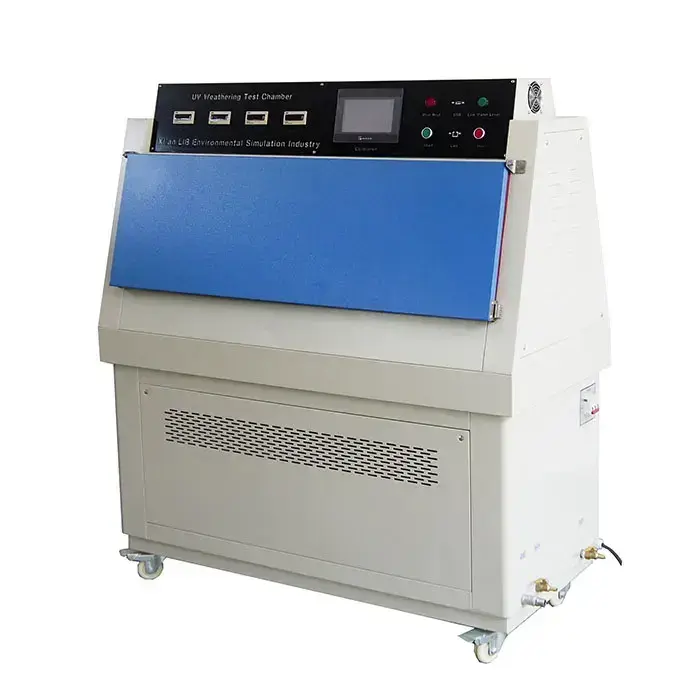
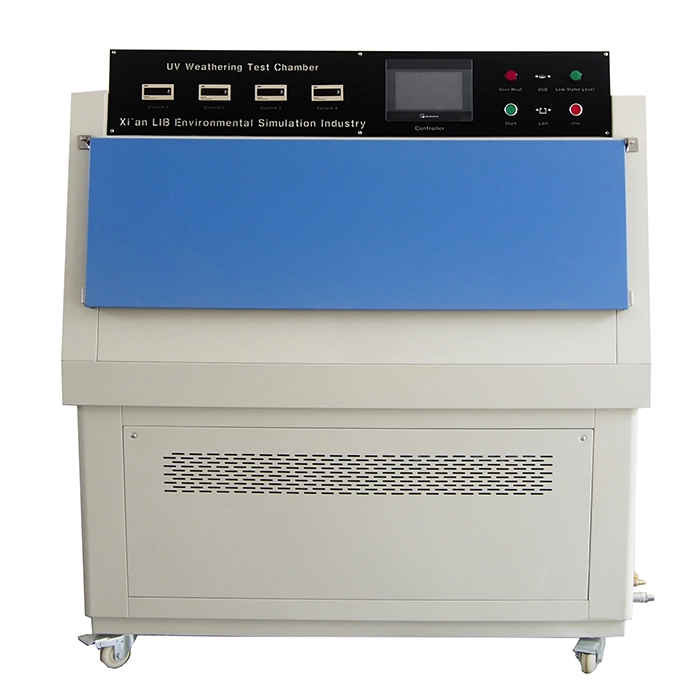
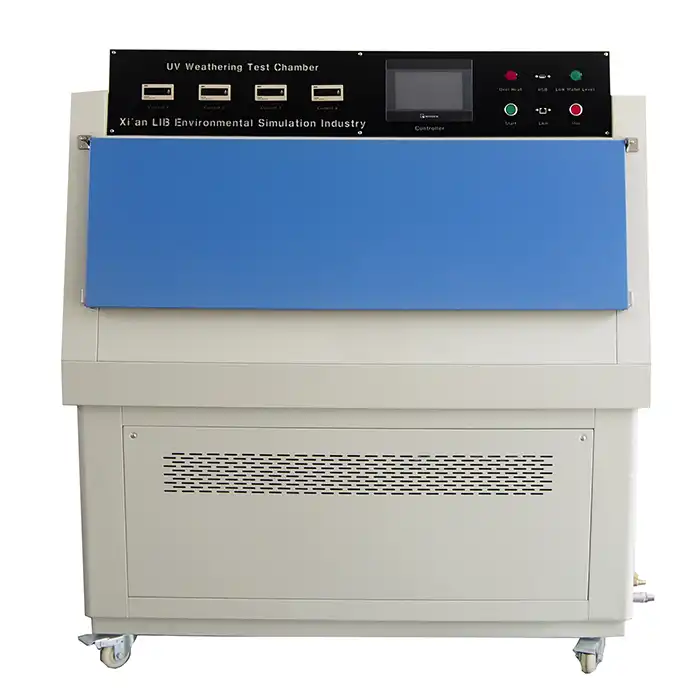
.webp)
